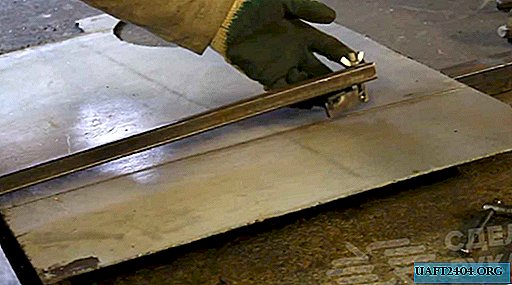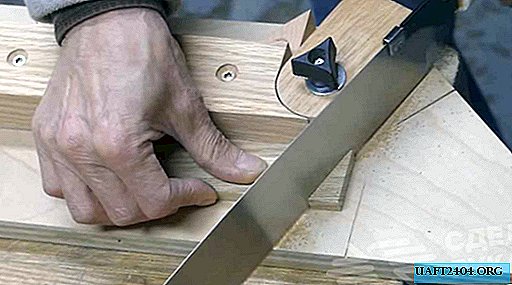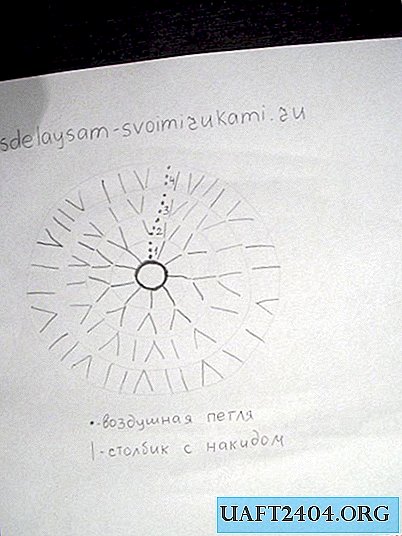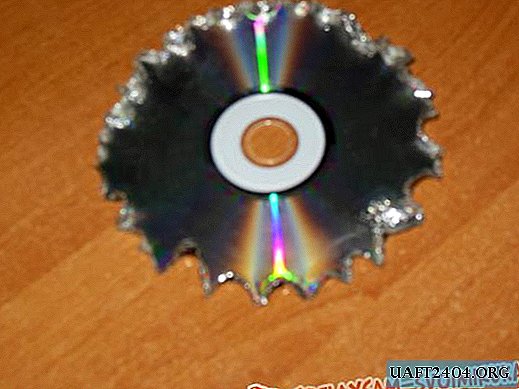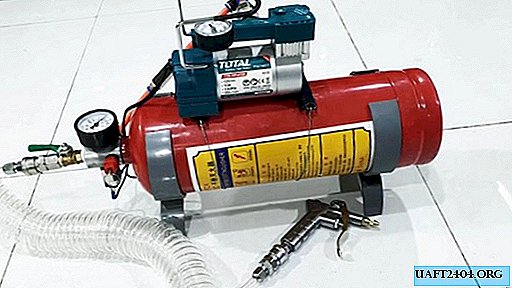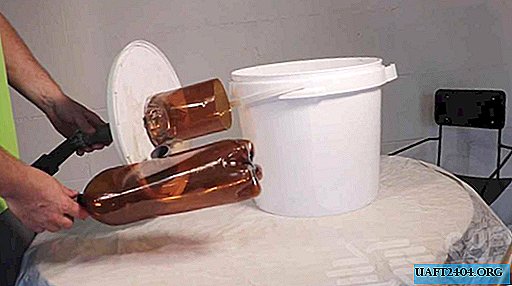
On the Internet you can find many options for cyclones made of plastic buckets, however, in practice, such "installations" are ineffective because of their small size.

However, even a home-made cyclone can be “forced” to work normally. To do this, you will need to use a little trick, which many simply do not know about.
Air enters the cyclone at high speed and also leaves at high speed. As a result, the large energy of the air flow makes it impossible to clean (filter it) normally.

This stream picks up debris particles and does not allow them to be properly deposited inside a makeshift cyclone (plastic bucket).
How to make an efficient cyclone
The trick is to wind the air into the cyclone at high speed, and take it out at low speed. And as a result, the passing stream of air cannot drag away particles of garbage, and they settle in a bucket.

To do this, the author uses a plastic pipe with a diameter of 40 mm at the “inlet”, and a plastic bottle with a diameter of 110 mm (2.5 liter bottle) at the “exit”.

For the manufacture of this cyclone, in addition to a plastic bucket and a PET bottle, you will also need a siphon neck for washing and pieces of plastic pipes.
Cyclone manufacturing process
The build process is very simple. First, the author cuts a piece of a plastic bottle 20 cm long, and one edge will need to be dissolved into small “petals” 6 cm long and 1 cm wide.

Please note that the slice of the plastic bottle should be 15 cm from the bottom of the bucket.
Two holes must be made in the lid of the bucket: one in the central part, the second on the side. A piece of a plastic bottle is inserted into the hole in the center, then the details of the sink drain are mounted.

In order to prevent dust from sucking in between the “petals”, the author sealed them with ordinary transparent tape.
For details on how to make a cyclone from a plastic bucket and PET bottles, see this video.

